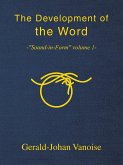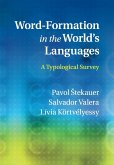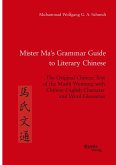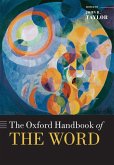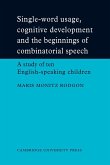In the second part of Sound-In-Form I apply the knowledge of and insight gained from the theory covered in the first part to the interpretation of a number of scripts. I also examine past theories that went in search of the origins of the scripts as well as focussing on the common meanings of vowels and consonants and the outcomes in localised applications. Where some Elements dominate, a different order results. I introduce the underlying context for Arabic (FIRE), Baybayin (WATER), Hebrew (AIR) and the Adamic written language (EARTH). I also make the link between proto-scripts and interpret the phonemes of Egyptian hieroglyphs and arrange them using the cubit - in 28 parts. I compare the lunar calendar (in 28 parts) to the Arabic, Chinese and Ancient Egyptian outlooks using the associated phonemes as well as shifting perceptions. The Berber and Brahmi writing systems are also covered. For the element of METAL, I have analysed the ancient Japanese Woshite script. I also interpret the Korean Hangul language's balance between the Elements, and finally I seek out the evidence of the phoneme-meanings in interpretations of spectrograms. An additional study is "THE SENSE OF THE WORD", which interprets the underlying structure and Confucian order of the Chinese and Japanese writings systems, once again with the aid of the theoretical structure that can be used to understand phoneme-meanings.


